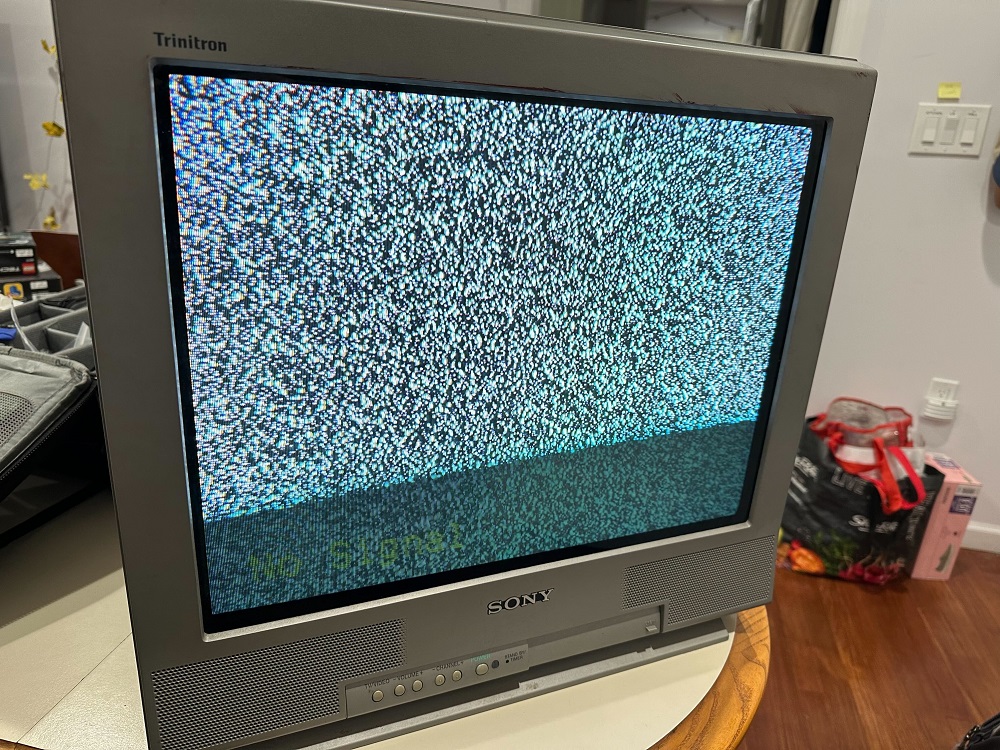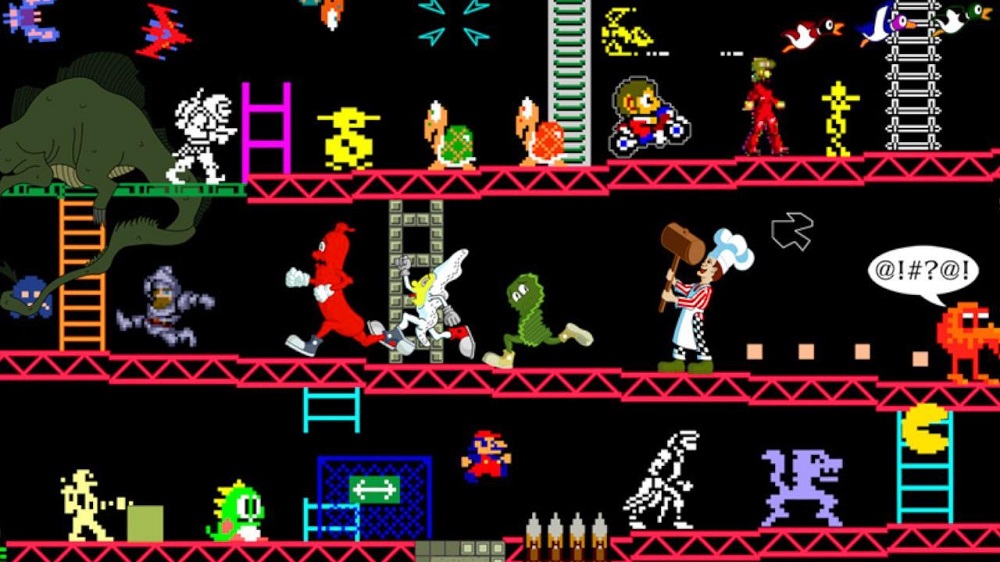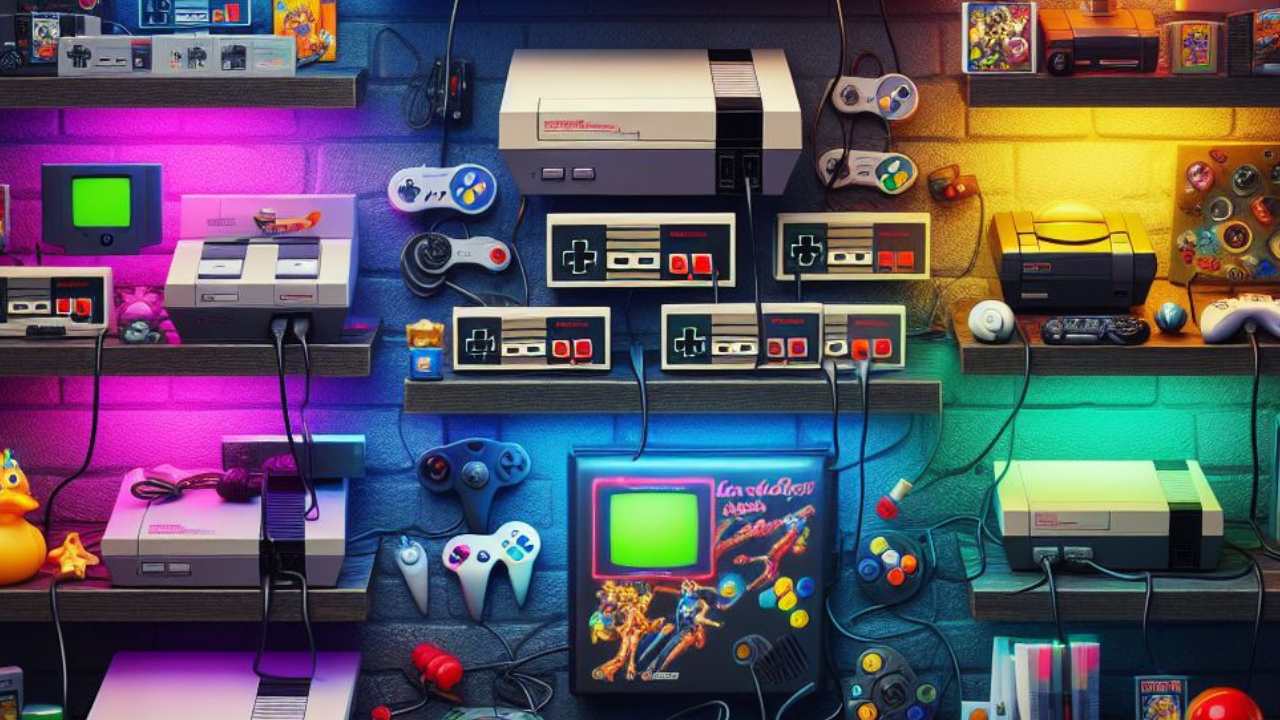For many retro gamers, nothing beats the experience of playing a classic console on a CRT TV. In a world dominated by 4K OLED screens and ultra-slim displays, these bulky relics from the past still hold a special place in the hearts of collectors and gaming purists.
We believe that if you want to experience your Sega Genesis, Super Nintendo, or PlayStation the way they were meant to be played, a CRT is more than just nostalgia—it’s the ideal tool for preserving the authentic retro gaming experience.
In this article, we’ll explore why CRT TVs still matter for retro consoles, looking at image quality, input lag, hardware compatibility, and how to find and maintain these beloved screens today.
The Visual Purity of CRT Displays
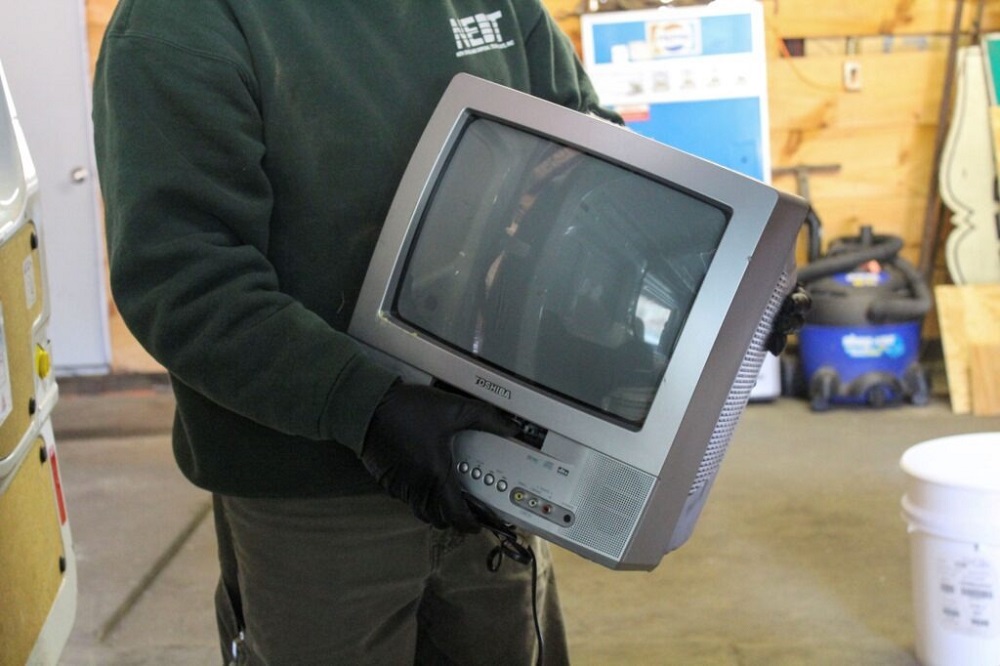
One of the strongest arguments for CRTs is their native resolution and display method. Unlike modern HDTVs, which use fixed pixel grids and digital scaling, CRTs display images through scanlines—drawing each line directly in analog form.
This means classic consoles, which output low resolutions like 240p or 480i, look sharp yet natural on a CRT. On a modern TV, those same signals are often stretched, blurred, or processed, resulting in a washed-out image.
For example, playing Super Mario World on a CRT offers vibrant colors, deep blacks, and those iconic scanlines that enhance pixel art. You simply can’t replicate this perfectly on an LCD without expensive scalers.
Related read: Super Nintendo Entertainment System: A Timeless Classic
Input Lag: Why CRTs Feel Instantly Responsive
Retro gaming often demands quick reflexes. Games like Street Fighter II or Contra III require frame-perfect timing. CRTs excel here because they have virtually zero input lag.
Modern HDTVs, even in “Game Mode,” still introduce several milliseconds of delay due to image processing. While this might not matter for casual play, competitive players or speedrunners can feel the difference.
A CRT displays the signal immediately after it’s received, just like the developers intended. That’s why many professional retro tournaments still rely on CRT setups.
Perfect Hardware Compatibility
Classic consoles were built in an era before HDMI. Most output analog signals like composite, S-Video, RGB, or RF. CRTs natively support these formats without converters or adapters.
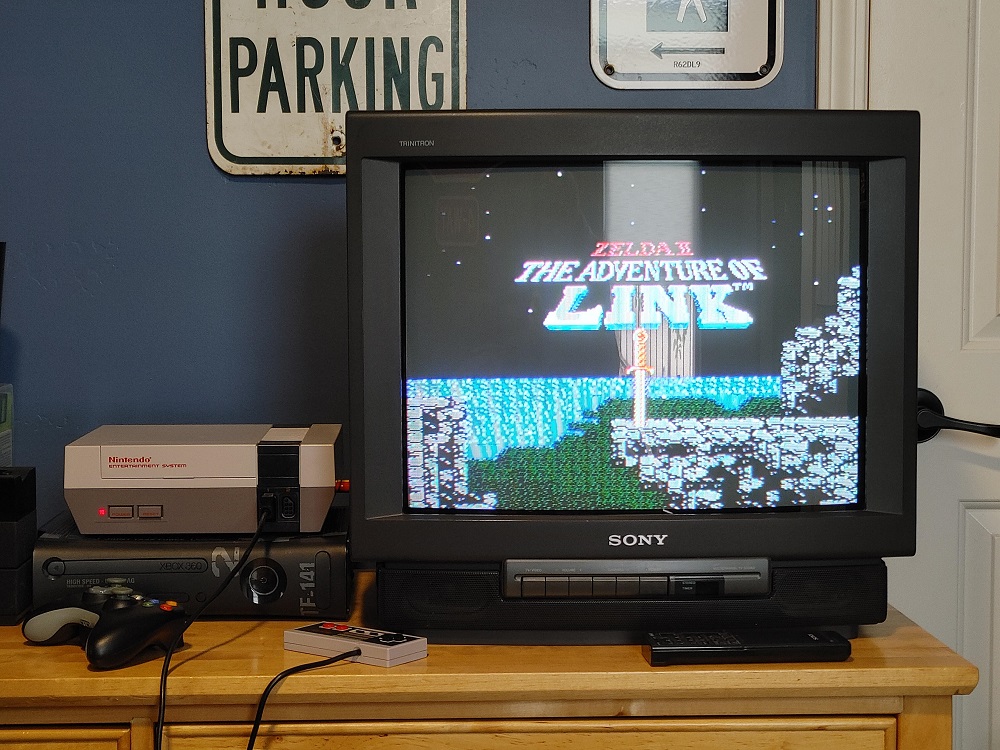
Plugging a Sega Genesis into a CRT via composite just works—no upscalers, no input delays, no weird aspect ratio issues. This is especially important for systems like the Nintendo 64, which rely heavily on analog signal quirks for their graphics.
See also: Nintendo 64 and the Leap to 3D Gaming
Preserving the Authentic Experience
Playing retro games on a CRT isn’t just about technical specs—it’s about preserving the era. The glow of a CRT screen, the hum of the electronics, even the curvature of the glass all contribute to the nostalgic charm.
Pixel artists and developers in the 80s and 90s often designed their visuals for CRTs. Some sprites rely on blending effects caused by scanlines, which can look completely different on a modern display.
This is why emulators like RetroArch include CRT filters—to simulate the look of the original hardware. But even the best shader can’t fully capture the warmth and depth of a real CRT.
The Downsides (and Why They’re Worth It)
Of course, CRTs aren’t perfect. They’re heavy, take up a lot of space, and can be tricky to find in working condition. Some models may require maintenance, and replacement parts are becoming scarce.
But for dedicated retro gamers, these drawbacks are small prices to pay for an authentic and lag-free experience.
Finding the Right CRT for Retro Gaming
If you’re looking to add a CRT to your collection, here are some tips:
- Check local classifieds – Sites like Craigslist, Facebook Marketplace, or even thrift stores often have CRTs for free or cheap.
- Look for late-model consumer CRTs – They tend to have better picture quality and more input options.
- Professional video monitors (PVM/BVM) – Originally made for broadcasting, these offer superb image quality but can be expensive.
- Test before you take – Ensure the screen powers on, colors are accurate, and there’s no excessive geometry distortion.
Maintaining Your CRT

To keep your CRT in top shape:
- Avoid leaving static images on-screen for too long to prevent burn-in.
- Store in a dry, cool place to protect electronics.
- Dust regularly, especially around vents.
- If the picture quality drops, consider a professional recap (replacing capacitors).
CRTs and the Modern Retro Gamer
Interestingly, CRTs are enjoying a resurgence among younger players discovering retro gaming for the first time. Streamers and content creators often showcase CRT setups for authenticity, and prices for high-end models are slowly climbing.
For collectors, owning a CRT is becoming as important as owning the consoles themselves. Without the proper display, you’re missing part of the true retro experience.
The Legacy Lives On
While CRT production ceased years ago, their legacy lives on in the retro gaming community. Whether you’re revisiting Sonic the Hedgehog on a Sega Genesis or diving into Soul Calibur on a Dreamcast, a CRT lets you experience it exactly as gamers did decades ago.
Learn more about Sega’s innovative final console: Dreamcast: Sega’s Final Console and Its Legacy
Final Thoughts
We champion preserving gaming history in its purest form. CRT TVs are not just relics—they are vital tools for experiencing retro consoles as intended. From flawless image quality to zero-lag performance, they remain unmatched for authentic gameplay.
So, if you have the space and the means, consider finding a CRT. Your retro consoles will thank you, and your gaming sessions will feel just like they did in the golden days.
